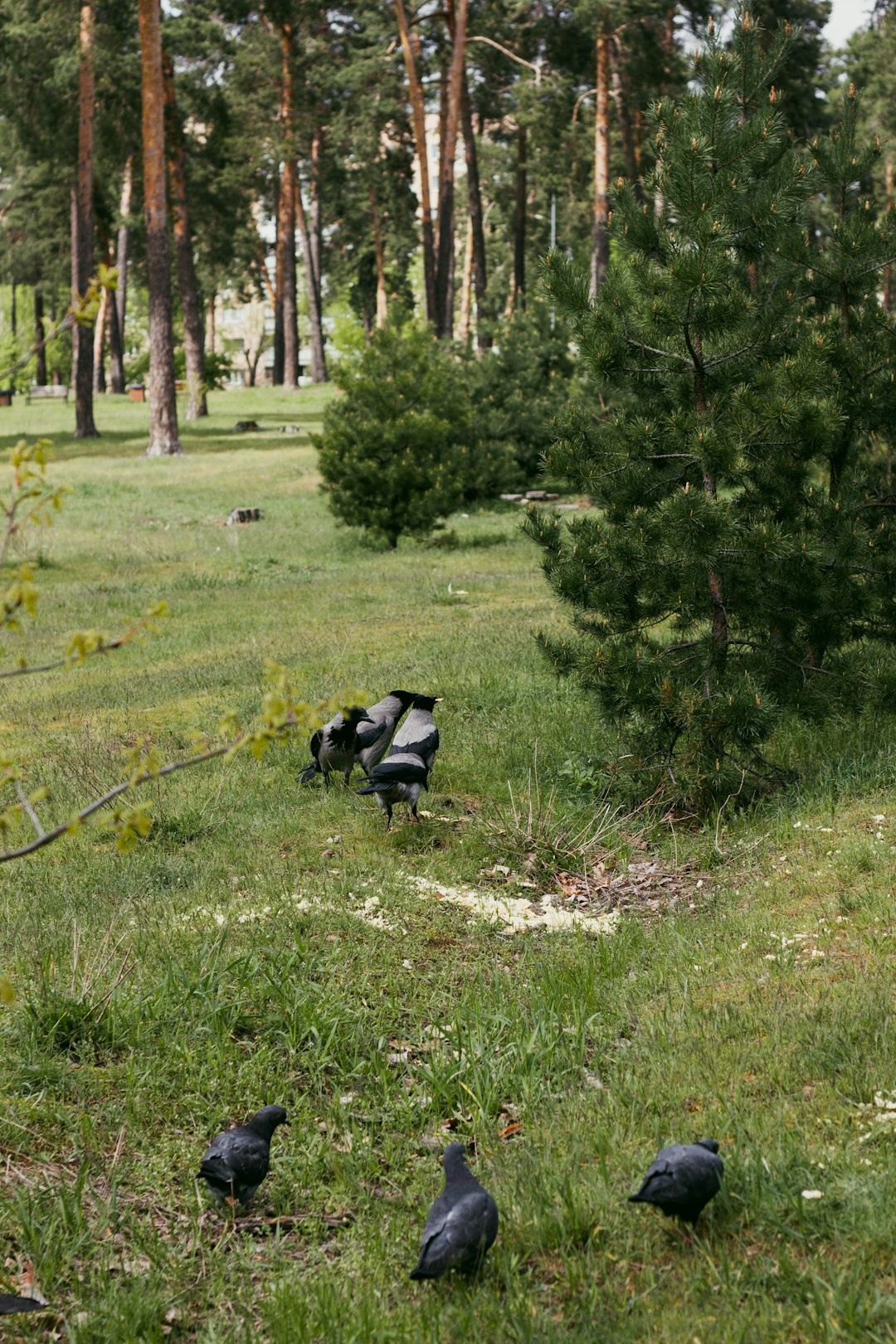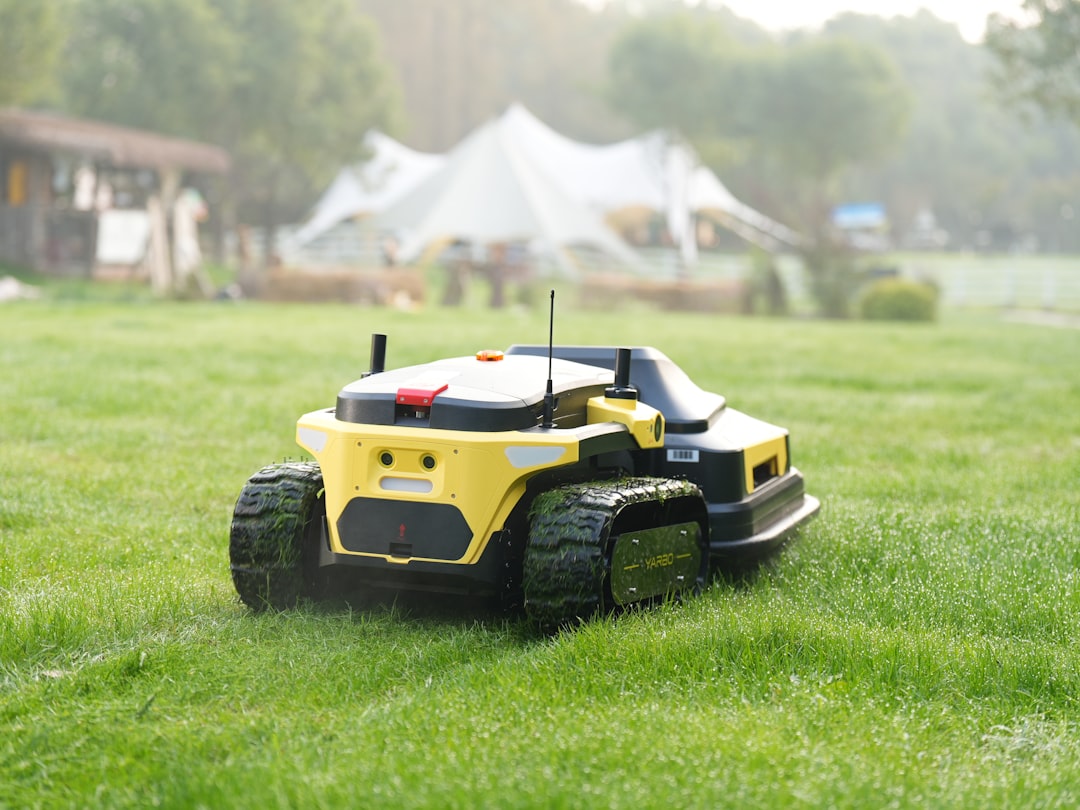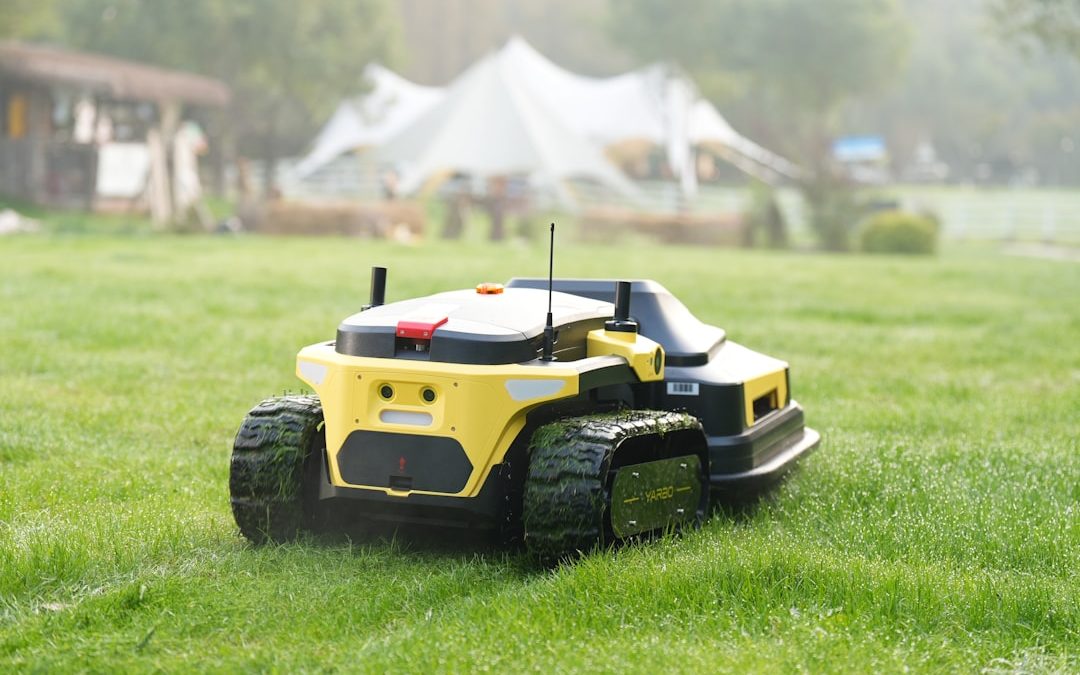Imagine lounging on your patio with a cold drink in hand while your lawn gets trimmed to perfection—all with the push of a button. This is not a dream; it’s the increasing reality thanks to remote-controlled lawn mowers. These mechanical marvels are changing how homeowners and commercial landscapers maintain properties, offering ease of use, reduced physical labor, and consistent results. However, like any piece of yard equipment, safety should always be a primary consideration. In this article, we’ll delve into the safety features you should look for when choosing a remote-controlled lawn mower.
Why Safety Matters with Remote-Controlled Lawn Mowers
Remote-controlled mowers may seem like toys at first glance, but they are cutting-edge machines equipped with sharp blades and powerful motors. Without proper safety mechanisms, they can pose serious risks to people, pets, and property. Whether you’re looking to purchase one for personal use or for professional landscaping tasks, it’s crucial to understand the safety protocols built into these machines.
1. Emergency Stop Function
One of the most essential safety features is an Emergency Stop (E-Stop) function. This feature allows the user to instantly shut down the mower in case something goes wrong.
- Manual E-Stop: A physical button either on the mower or the remote control for immediate shutdown.
- Automatic E-Stop: The mower stops automatically if it moves out of range or tips over.
An emergency stop can be the difference between a minor incident and a serious accident, so always make sure your mower includes this function.
2. Obstacle Detection Sensors
Modern remote-controlled mowers are often equipped with smart sensors designed to detect obstacles. These can include:
- Ultrasonic sensors for proximity awareness.
- Infrared sensors to detect heat signatures from animals or humans.
- Bump sensors that activate when a physical object is touched.
By identifying obstacles in real-time, these sensors help prevent collisions, protecting people, pets, and your mower from harm.

3. Remote Range and Signal Loss Safety
Many users don’t realize how important it is for remote-controlled lawn mowers to have built-in safety measures for signal disruption. If the remote control connection is lost—whether due to battery failure, interference, or range constraints—the mower should automatically:
- Engage the brakes and stop all functions.
- Send a signal to the user indicating failure.
- Maintain its last-known position until reconnected.
This minimizes the risk of the mower acting unpredictably in the event of lost control.
4. Blade Safety Mechanisms
The blades on a lawn mower do the heavy-duty work and can pose one of the greatest dangers. Look for these safety features:
- Blade Brake Clutch: Stops the blade from spinning even if the engine is still running.
- Automatic Blade Shutdown: Engages if the mower is lifted or tilted at an unsafe angle.
- Child Lock Features: Prevents blade activation without a safety switch or key code.
Ensuring the mower’s blades only engage when conditions are safe can prevent injuries or property damage.
5. Terrain Handling and Stability Controls
Remote-controlled mowers are often used on uneven or sloped terrain, where stability becomes a concern. Safety can be significantly enhanced through:
- Low center of gravity design to prevent tipping.
- Four-wheel drive capability for traction on hills.
- Smart inclination sensors that automatically stop the mower if it exceeds a safe tilt angle.
These features ensure that even landscape with dramatic slopes can be managed safely and effectively.

6. Weather-Resistant and Insulated Components
Safety isn’t all about collision and control—it also comes down to system integrity. A good remote-controlled mower will have:
- Weatherproof housing: Protects electronics from rain, dust, and debris.
- UV-protected casings: Prevents degradation in sunny conditions.
- Insulated wiring: Reduces the risk of freezing or overheating.
By safeguarding the mower’s internal components from environmental damage, you lower the risk of malfunction that could lead to accidents.
7. Noise Reduction and Safety Alerts
High noise levels can be a safety issue, as they prevent users from hearing other hazards around them. Many models now incorporate:
- Quiet-operating motors to reduce sound pollution.
- Auditory alerts like beeping before startup or when reversing.
- Visual signals such as flashing lights during operation.
These features make it easier for everyone—whether operator, bystander, or pet—to be aware of the mower’s actions and presence.
8. Enclosed Blade Designs
Another innovation in safety is the enclosed blade deck. These decks not only enhance cutting precision but also:
- Reduce the chance of objects being thrown (rocks, sticks, etc.).
- Contain the blade to a tighter cutting area for enhanced control.
- Allow for safer transportation and storage.
A mower with a smartly designed deck is not only safer but also more efficient at grass collection and overall maintenance.
9. GPS and Geofencing Capabilities
Advanced remote-controlled mowers now integrate GPS technology, offering geofencing and mapping tools. These safety functions include:
- Set virtual boundaries to keep the mower from wandering off your property.
- Track location at all times through a mobile app.
- Automate return-to-base when mowing is complete or if the battery is low.
This allows for peace of mind, especially useful in wide or unfenced areas where control loss could be dangerous.
10. Training Modes and User Controls
Even the safest machine can become dangerous in the wrong hands. Some remote-controlled mowers come with features specifically designed for beginner users:
- Training modes that limit speed and blade use.
- Multi-user profiles with PIN protection or restricted accessibility.
- Customizable control sensitivity to reduce abrupt movements in early use.
These features are especially useful for larger families or teams where multiple operators may use the same equipment.

Final Thoughts
While remote-controlled lawn mowers offer convenience, efficiency, and even a touch of futuristic fun, safety must remain a top priority. From emergency stops to intelligent navigation systems, the mowing technologies of today combine smart design with life-saving features. Investing in a mower equipped with these safety elements not only safeguards people and property—it also ensures the long-term value and reliability of your machine.
So the next time you’re researching or shopping for a remote-controlled mower, don’t just focus on performance and battery life. Take a closer look at the built-in safety features. You might just prevent an accident before it ever has a chance to happen.
yehiweb
Related posts
New Articles
The Polyglot Platform: Taking Your WordPress Site Global with AI Bud
The English-speaking web is saturated. For every keyword you try to rank for in the US or UK, there are…


